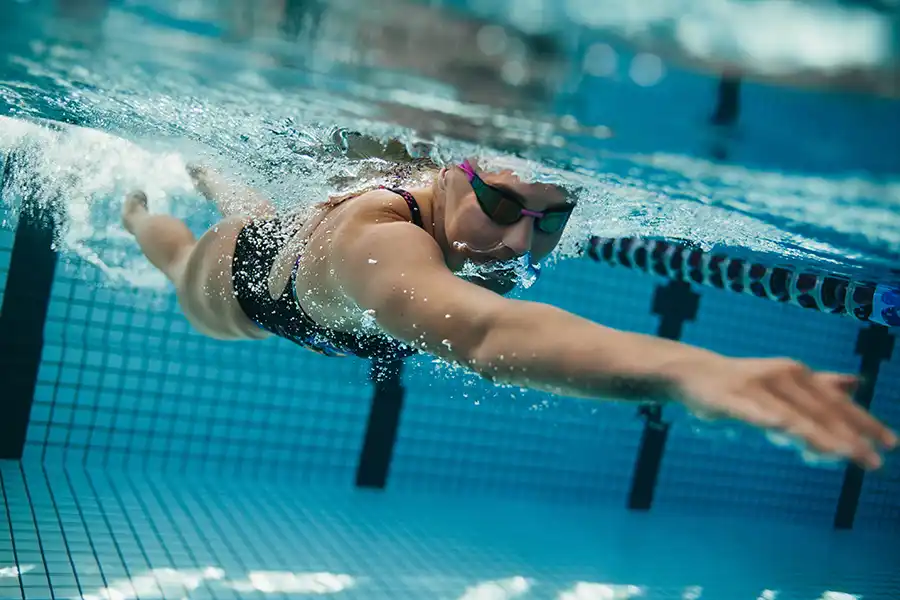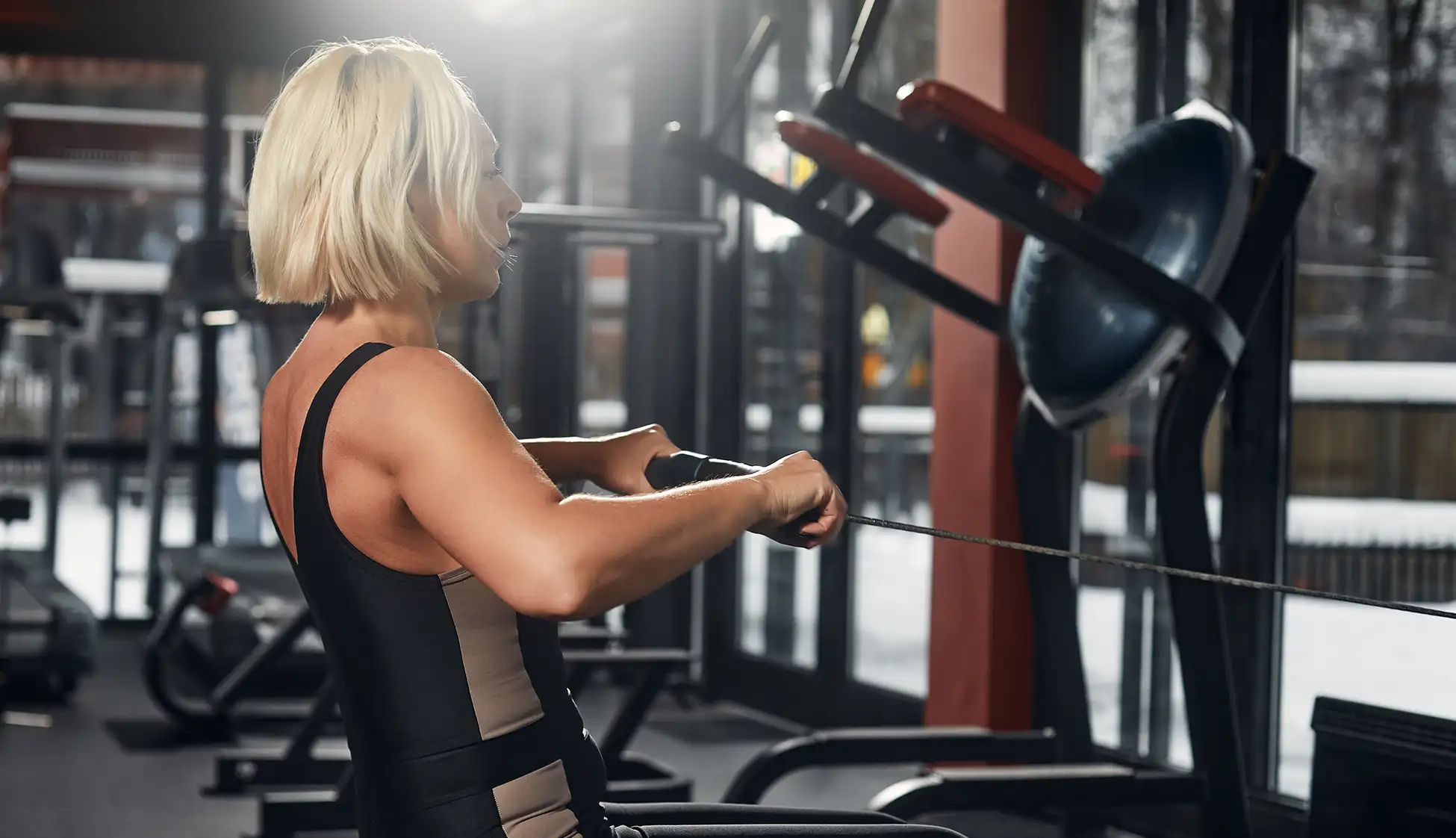Best Exercise For Menopause
As women enter menopause their risk of heart disease increases as a result of dropping estrogen levels. To keep your heart healthy, do calorie-burning cardio exercises such as walking, cycling and swimming.
Also incorporate resistance training to reduce stress and support bone health. Exercises that build muscles include yoga and Pilates, but even simple bodyweight squats while you wait for the toast can help!
Walking
Menopause is a time of hormonal flux and lowered oestrogen, which leads to a host of symptoms including hot flashes, sleep disturbance, mood changes, irritability, joint and muscle pain, weight gain and low libido. Exercising can help to mitigate these symptoms, boost energy levels and help control mood swings.
Walking is a great low-impact, easy-to-do cardio exercise that can be done anywhere and at any pace. Try to fit in a few 20-30 minutes sessions a week. Aim to do a mix of aerobic exercises, such as swimming, cycling or brisk walking, and resistance workouts too, which will keep your bones strong.
Walking is a great way to get into a healthy lifestyle and create an exercise habit, which will be useful throughout life. It’s also free, can be done at any pace and is accessible to all.
Cycling
Heart-pumping exercise like cycling, swimming and running can help improve your heart health after menopause. In addition, it can reduce stress, boost mood and support bone health. This is because a loss of oestrogen can increase the risk of osteoporosis, but strength-based workouts can help prevent this.
It’s important to do a mixture of cardio, HIIT and strength training. This is because women can experience a reduction in performance post-menopause, due to the fact they break into sweat later and vasodilate for longer, meaning it’s harder to cool themselves down. Also, they can experience aches and pains more easily so it’s better to work up to a higher level of intensity gradually. It’s also a good idea to take hydration seriously. This can be as simple as a glug of water or even consuming some iced cold drinks before, during and after workouts.
Swimming
During menopause, regular heart-pumping exercise decreases your risk of high blood pressure and depression, helps clear up brain fog and boosts mood. And if you’re struggling with hot flushes, regular swims can help you sleep better.
Many women in the wild swimming community find that hurling themselves into cold open water throughout the year helps with a number of their perimenopausal and menopausal symptoms such as hot flushes, joint pain and muscle stiffness. Physiologically, plunging into cold water produces a ‘cold shock’ that stimulates the body’s production of stress hormones and endorphins which relieve pain, and decrease inflammation.
Socially, it’s also a great way to meet like-minded people and feel part of a supportive community. Having the same menopause experiences as others helps to ease loneliness and anxiety which can sometimes accompany perimenopause and menopause.

Yoga
Menopause symptoms like hot flushes, joint and muscle aches can all be eased with regular yoga sessions. Depending on the style of yoga you practise it can also boost bone density, balance, flexibility and cardiovascular health.
Breathwork is a key part of any yoga session and this can help you deal with the stress hormone cortisol which rises during menopause. Practicing deep breathing helps to activate the parasympathetic nervous system which counteracts the “fight or flight” stress response.
Yoga for menopause can be gentle – some calming poses that soothe hot flashes are child’s pose, reclining bound angle pose and reclining hero pose. Other postures can help strengthen the lower back and improve core strength to counteract menopausal weight gain. Added bonus: it’s a great way to get some resistance training in without needing a gym membership!
Pilates
Women entering menopause can experience a wide range of symptoms. Taking care of the body and moving regularly can support these hormonal changes, reduce some of the symptoms and improve overall wellbeing.
Reformer Pilates is a low impact exercise that increases balance, strength and control. It also promotes pelvic health and improves sleep quality.
The breathing techniques taught in Pilates help reduce stress and the fight or flight response. This can also assist with alleviating the discomfort caused by hot flashes. Getting your steps in and trying new workouts is a great way to stay active and motivated to keep going during perimenopause and menopause. Invest in a step tracker to see how many steps you are getting across the week. Try to increase your steps every week.
If you’ve tried some or all of the above activities, but are still not feeling much better in yourself, then MenoBliss could help. With 38 natural active ingredients to help improve hormonal balance, MenoBliss helps reduce aches and pains, hot flashes, mood swings, depression, insomnia, brain fog, hair loss, and lack of desire. Try yours today!



